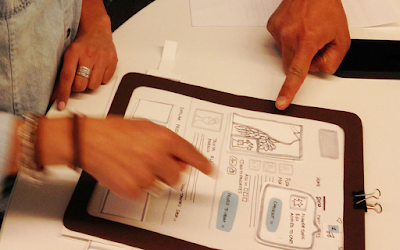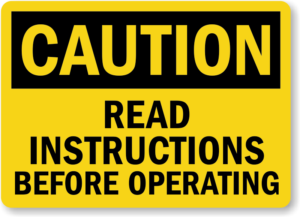Role of Paper Prototyping in Product Development

By Patricia Anderson Paper prototyping is a simple way to get complex and valuable insight into your user interface. It is a user-centric design technique that can be an effective means of early usability testing. The typical application is software of some sort, be it an app, website, or other software interface. To create paper prototypes, different screens are typically sketched on a series of papers that can be manually navigated by switching the piece of paper you’re looking at. These sketches are usually made without extensive work going into choosing the “final” fonts, colors, or images. Rather, they may have the words, buttons, placeholders for pictures, text boxes and other elements arranged as they might be arranged in the final version to test the readability and understandability of the screens, and how well users can navigate between screens. Usabilitygeek.com compiled a list of some of the largest benefits to paper prototyping: User involvement at an early s

